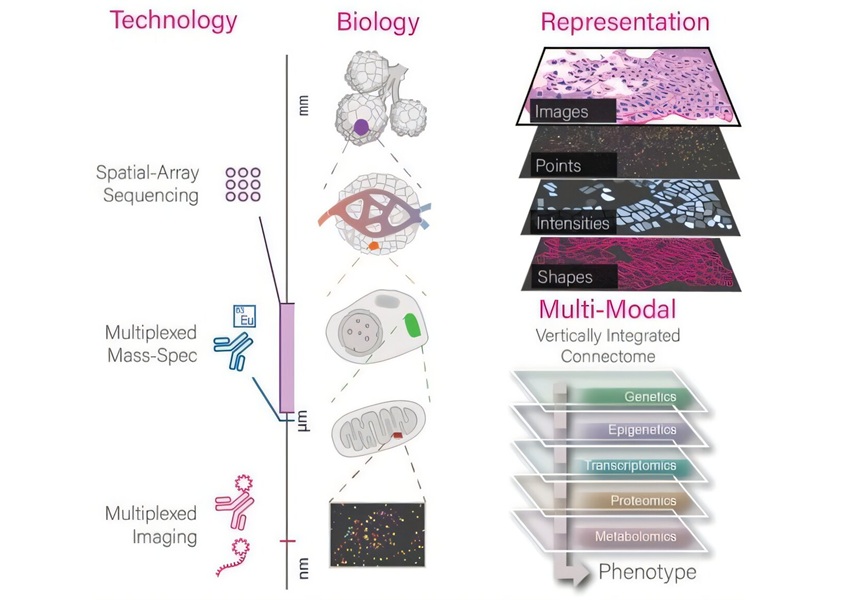New Software Tool Improves Analysis of Complex Spatial Data from Tissues
Posted on 09 Oct 2025
Advances in spatial omics have enabled scientists to map the distribution of RNA and proteins within intact tissues, offering powerful insights into how cells behave and interact in both health and disease. However, as these datasets grow in complexity and scale, the main challenge has shifted from data generation to data interpretation. Researchers now require tools that can simplify and standardize analysis while accommodating the diverse types of spatial data produced by emerging technologies. To address this, a new software platform has been developed to help streamline the study of tissue structure and molecular organization.
Researchers from the Icahn School of Medicine at Mount Sinai (New York, NY, USA), Boston Medical Center (Boston, MA, USA), and collaborators have created Giotto Suite, a modular software ecosystem designed to analyze and integrate spatial omics data. Built using the R programming language, Giotto Suite allows scientists to work with datasets from multiple spatial platforms, resolutions, and modalities. Its flexible framework enables users to begin analysis from various points depending on research needs, bringing together different analytical steps into one unified environment.

Unlike previous tools that required combining multiple software packages, Giotto Suite consolidates the entire analytical pipeline—from data integration to visualization—into a single, scalable framework. It supports the study of molecular patterns within tissues, allowing researchers to explore cell interactions and spatial organization in both healthy and diseased states. The tool was introduced in Nature Methods, where it was described as a major step forward in computational spatial biology.
While the current version includes only a subset of analytical methods, the platform was designed for continuous evolution. Future updates will expand the available tools, enhance interoperability with external software, and provide more comprehensive training resources for scientists. The team plans to apply the system in their own investigations of cancer and neurodegenerative diseases while refining its features based on community feedback. The software is freely available at giottosuite.com to encourage widespread adoption.
The researchers envision the platform helping scientists uncover how molecular organization within tissues influences disease mechanisms and therapeutic responses. By simplifying data analysis and integration, Giotto Suite may accelerate discoveries in spatial biology and foster collaboration between computational and experimental researchers. Its adaptability also makes it suitable for future spatial technologies as the field continues to evolve.
“Many existing tools require users to combine multiple packages to complete a full analysis,” said co-senior corresponding author Ruben Dries, PhD. “This tool brings those steps into a single framework, aiming to streamline the process. We also developed it with scalability in mind to accommodate the growing size and complexity of spatial datasets. Our goal was to develop a platform that helps other researchers uncover new insights from their spatial data.”
Related Links:
Icahn School of Medicine at Mount Sinai
Boston Medical Center














